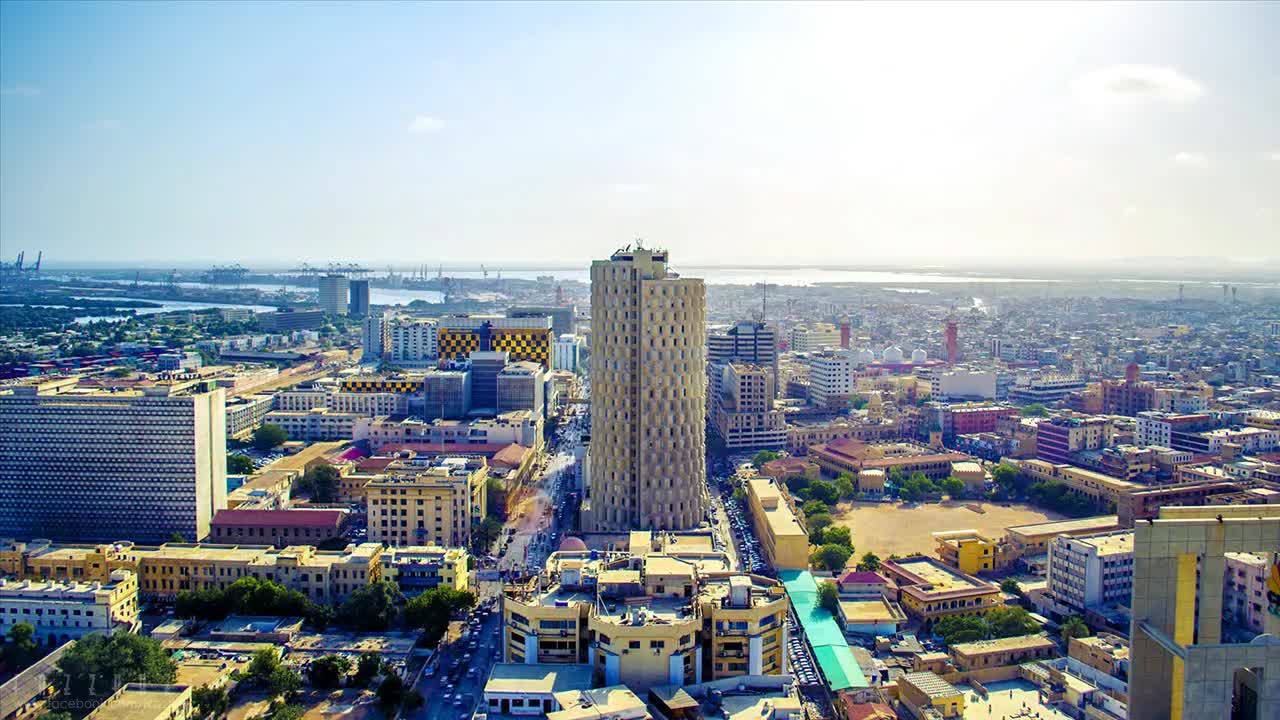The land issue in Karachi Pakistan
Introduction
Karachi, Pakistan’s largest city and economic hub, is home to approximately 18 million people. As a megacity in the Global South, it faces many of the same urban challenges as other rapidly growing cities, including illegal land conversions, housing shortages, and anti-poor planning policies. However, Karachi’s unique geopolitical and socio-economic context makes its land issues particularly complex. The city’s strategic location near conflict zones, its dominant economic position within Pakistan, and its diverse migrant population all contribute to the intricacies of its land-related problems. Understanding these dynamics is crucial for addressing the root causes of Karachi’s land issue and fostering sustainable development.
The governance structure of Karachi has undergone significant changes over the years, which have directly influenced how land is managed in the city. In 2001, the Sindh Local Government Ordinance (SLGO) restructured Karachi’s administrative framework by dividing it into 18 towns, each governed by an elected mayor or Nazim. This replaced the previous system where Karachi was divided into five districts overseen by bureaucrats from the provincial government.
One critical consequence of this restructuring was the transformation of rural areas into potential sites for urban development. For instance, under the SLLO, the rural district—which included villages known as goths and their surrounding pasturelands—was incorporated into three newly created towns: Gadap, Keamari, and Bin Qasim. This effectively opened up vast tracts of previously rural land for commercial and residential purposes.
However, in 2009, the SLGO was suspended, and the old district-based system was reinstated. Despite this reversal, the rural character of these areas could not be restored. Through mechanisms like the “Gothabad Scheme,” villages are being systematically converted into urban settlements without adequate consideration for environmental sustainability or the rights of local communities. This shift highlights the ongoing tension between urban expansion and the preservation of rural livelihoods—a central theme in Karachi’s land issue.
For more on the historical evolution of Karachi’s governance structures, see this article .
Section 2: Illegal Land Conversions and Real Estate Dynamics
Illegal land conversions represent one of the most pressing dimensions of Karachi’s land issue. These activities often involve powerful real estate developers who acquire land through coercion, corruption, or contraband trafficking. Such practices exacerbate the demand-supply gap in housing, leaving millions of low-income residents without access to affordable shelter.
Turf wars among rival real estate dealers further complicate matters. These conflicts are fueled by competition over lucrative plots of land, often at the expense of marginalized communities. Evictions are common, displacing thousands of families and deepening poverty levels in the city. Moreover, there is a clear anti-poor bias in urban planning policies, which prioritize high-end developments catering to the elite while neglecting the needs of the majority.
The lack of transparency in land transactions also contributes to the problem. Many deals occur informally, bypassing legal channels and depriving the government of much-needed revenue. Addressing these issues requires robust regulatory frameworks and stronger enforcement mechanisms to curb illicit activities and ensure equitable access to land resources.
To learn more about illegal land grabs in Karachi, visit this report .
Section 3: Strategic Location and Regional Conflicts
Karachi’s strategic location near Afghanistan and India places it at the heart of regional conflicts, adding another layer to its land issue. Historically, the city has served as a key transit point for goods and refugees during periods of instability in neighboring countries. This role has attracted both investment and illicit activities, further complicating land-use patterns.
The Afghan war, for example, brought an influx of migrants and capital into Karachi. While some investments contributed to the city’s growth, others were linked to illegal trade networks that funded real estate speculation. This dual dynamic has left a lasting impact on Karachi’s urban landscape, with certain neighborhoods becoming hotspots for conflict over land ownership.
Additionally, Karachi’s prominence as Pakistan’s financial capital gives it immense economic power, particularly within Sindh province. This economic clout attracts migrants from across the country, intensifying pressure on already scarce land resources. Balancing the interests of native Sindhi and Balochi speakers with those of newer arrivals remains a formidable challenge for policymakers.
For insights into Karachi’s role in regional geopolitics, check out this analysis .
Section 4: Migrant Population and Social Tensions
Another defining feature of Karachi’s land issue is its large migrant population. Unlike many other megacities, Karachi’s non-native residents far outnumber its indigenous Sindhi and Balochi speakers. This demographic imbalance creates social tensions that manifest in disputes over land allocation and usage.
Migrants often settle in informal settlements or katchi abadis, which lack basic amenities and legal recognition. These areas are frequently targeted for eviction, leading to cycles of displacement and impoverishment. At the same time, the influx of new residents drives up property prices, making it increasingly difficult for locals to retain ownership of their ancestral lands.
Efforts to address these disparities must take into account the cultural and linguistic diversity of Karachi’s population. Policies should aim to integrate migrants into the formal economy while safeguarding the rights of indigenous communities. Only then can the city achieve a more harmonious balance between its various stakeholders.
For further reading on migration and urbanization in Karachi, explore this publication .
Conclusion: Toward Sustainable Solutions
Karachi’s land issue is deeply intertwined with its history, geography, and demographics. From illegal land conversions to the pressures of migration and regional conflicts, the challenges facing the city are multifaceted and require comprehensive solutions. Strengthening governance structures, promoting transparency in land transactions, and adopting inclusive urban planning policies are essential steps toward resolving these issues.
Ultimately, addressing Karachi’s land issue will not only improve living conditions for its residents but also enhance the city’s resilience in the face of future challenges. By learning from past mistakes and embracing innovative approaches, Karachi can pave the way for a more equitable and sustainable future.
For additional resources on urban planning and land management, refer to UN-Habitat’s global reports .

